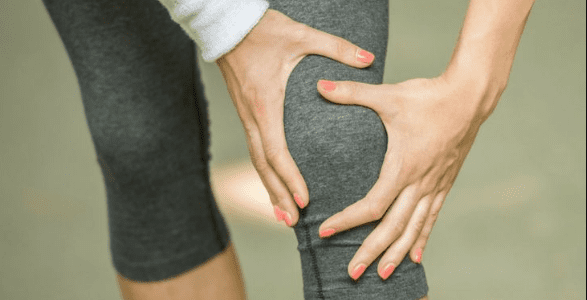

Knee Knowledge
LEVELUP INSIDERS August 6, 2017 SportStars 0

Exploring The Possibilities When Injury Occurs
With the summer in full swing, fall sports are right around the corner.
With the initiation of the fall sports season, clinicians see a tremendous increase in the number of joint injuries; particularly around the knee. The knee is a tremendously powerful joint but also has multiple structures which can become injured.
When a young athlete suffers a traumatic injury to their knee, there can often be swelling and difficulty putting pressure on the leg. It is essential that a medical provider is seen to determine if there is any internal damage to the knee; particularly to the ligaments and cartilage.
Once a broken bone is ruled out through X-rays, a special test called an MRI may be ordered to look at the ligaments and cartilage in the knee. Although the treatment for ligament injuries are very well established, we are seeing multiple new treatments for cartilage injuries in the knee as basic science research is rapidly expanding in this area.
Articular cartilage is a type of tissue that protects the ends of the bones in the joints. The cartilage in this location helps to cushion the joint and helps to ensure it moves smoothly. When articular cartilage is damaged, it can lead to pain, stiffness, and in severe cases, arthritis. If a cartilage injury is seen on MRI, there are multiple ways to treat the injury based on the size, location and activity level of the patient. In some cases, simply rest; immobilization and limited weight on the leg are all an athlete will need to heal.
In certain cases, the injury may be so large and/or may be located in a critical area that surgery is needed. If a large piece of cartilage has been sheared off and is noted to be floating around the knee, there are certain situations (particularly if there is bone attached to the cartilage) in which the piece can be fixed back to where the piece came from.
In cases where there is no piece to fix back (or the piece is of poor quality) there are multiple different options. This may entail making small holes in the bone to allow new cartilage to grow (microfracture), taking cartilage from another part of the athlete’s knee and transplanting it into the defect (osteochondral autograft transfer), taking cartilage cells from the knee and then having them grown in a lab for later re-implantation (autologous chondrocyte implantation), or taking cartilage from a person who has passed away and placing it in the defect (osteochondral allograft transfer).
There are also new biologic procedures which utilize various cells in our body that can help to augment many of these procedures which are promising but further research is necessary to determine which are effective and safe for young patients.
Just remember the best treatment for a cartilage injury is not to get one in the first place! Make sure you are strong, flexible, and warmed-up before sports this fall.
Dr. Nirav K. Pandya is a pediatric orthopedic surgeon specializing in pediatric sports injuries at Childrenʼs Hospital in Oakland. He sees patients and operates in Oakland and their facility at Walnut Creek.

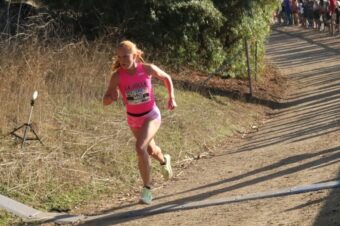
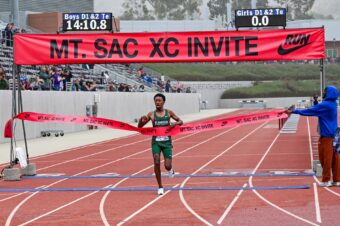

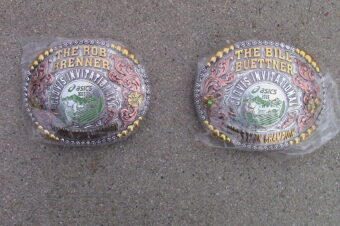
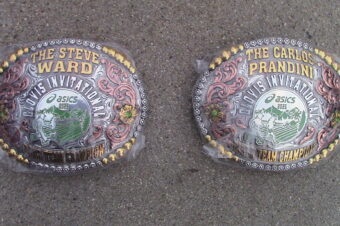

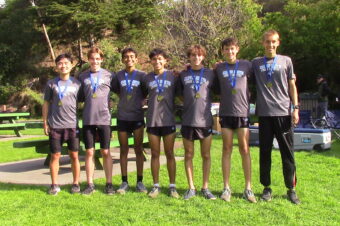

No comments so far.
Be first to leave comment below.